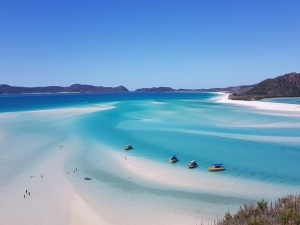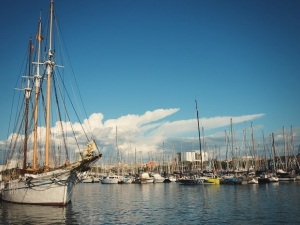Thanks to projects such as the 163-floor Burj Khalifa, the Palm Jumeirah, Burj Al Arab and JW Marriott Marquis, Dubai is perceived as a world of architectural wonders and numerous feats of engineering.
Mention the name and the image of an ultramodern, human-made metropolis in which everyone glides between underground parking garages, air-conditioned malls and glittering high-rise towers, and this bustling emirate springs to mind.
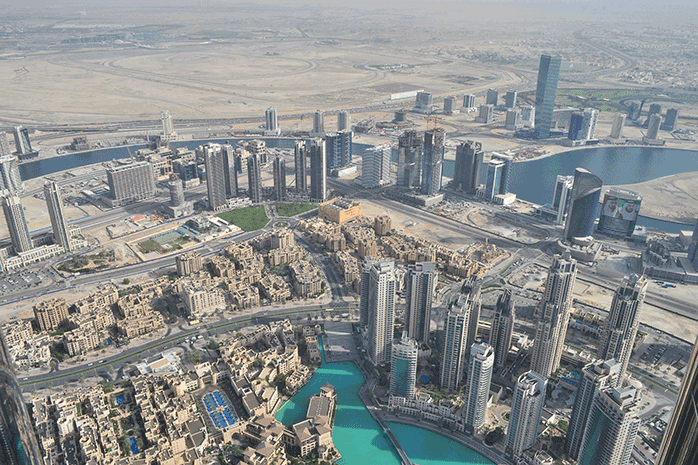
But in recent years, as global design trends have shifted toward walkable public spaces where visitors and residents alike can experience an authentic sense of place, architects in Dubai are changing their focus.
Marsa Al Seef is a new substantial tourist development, stretching 1.8 kilometers along the Dubai Creek and the Al Fahidi Cultural Historical Neighborhood, in the heart of Old Dubai. The developers of the project designed the area carefully ensuring that Dubai's rich heritage is at its core, and it certainly enriches Dubai’s vibrant tourism industry by complementing and rejuvenating the bustling trading locale along the creek.
Here are four reasons to add Marsa Al Seef to your travel bucket list next year.
1. Learn about Emirati culture
One of the primary purposes of this area is to teach visitors and raise awareness about the plentiful history of the UAE and its people. From the design — inspired by local historic districts as well as the traditional souqs in Dubai in the 1950s — to the activities, the area hosts dhow and private yacht moorings and abra stations. This is where visitors can get a more profound perspective of the city.
Additionally, visitors can become familiar with the traditions of pearl diving, fishing and boat building, as here at the waterfront is where fishers, pearl-divers, weavers and merchants once came together to trade.
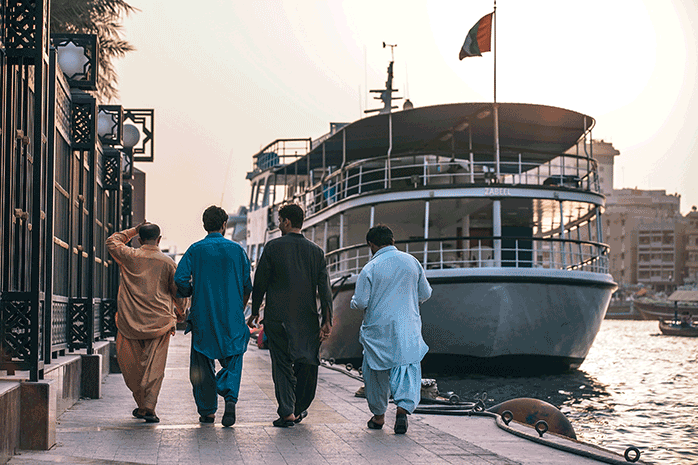
The area is also home to an open-air museum and amphitheater, traditional souks, floating markets, art galleries and boutiques selling original Emirati handicrafts.
2. Marvel at the architecture
The architecture of Marsa Al Seef is incredible, influenced by both the past and the present, gifting travelers the opportunity to embark on a journey through time. Make sure to schedule enough time in your itinerary to wander among both the authentic heritage and stylish contemporary areas, and to explore the treasure trove of retail, leisure and hospitality experiences awaiting you.
3. Treat yourself to mouth-watering cuisine
While surrounded with the cultural ambience of the wharf, you can sit down for a delicious meal with local, pan-Arab, Asian and international cuisine offerings. Whether you want to treat yourself to a luxury five-course meal or enjoy a casual dinner, you will be able to eat while watching the dhows make their way up and down this unique waterway. For a quick pick me up, cafes also open up on to the interconnected promenades fronting the creek.

Some of the must-try options include a Lebanese-American restaurant (for your authentic kebabs and hummus fix), a high-end Italian gelato shop, and a homegrown community coffee house. For an entirely unique dining experience, head to one of the restaurants in Al Seef that are being designed as floating restaurants, allowing establishments to take advantage of the waterways surrounding the area.
4. It is a fantastic place to stay
Whether it is your first or tenth visit to Dubai, the cross-section of the old and new elements in Al Seef make it a beautiful place to stay. By opting for a hotel in this part of the city, you are allowing yourself to truly experience a different side to what other visitors will see. Luckily, there are a number of hotels in the area that come highly recommended and incorporate authentic Arabian hospitality.
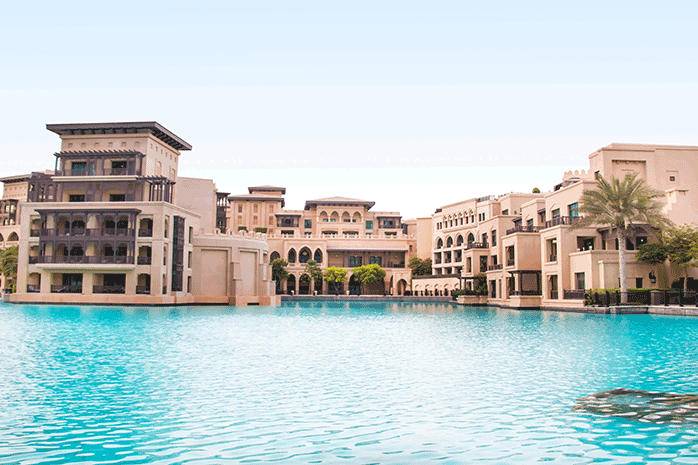
Developed by Meraas whose previous developments include The Beach at JBR and Citywalk, the Marsa Al Seef district is undoubtedly on its way to being a must-visit destination for anyone who likes to enjoy history, shopping, dining and entertainment in a unique and stylish locale — which would be all of us, right?
Make sure to add this district to your 2018 travel bucket list!



